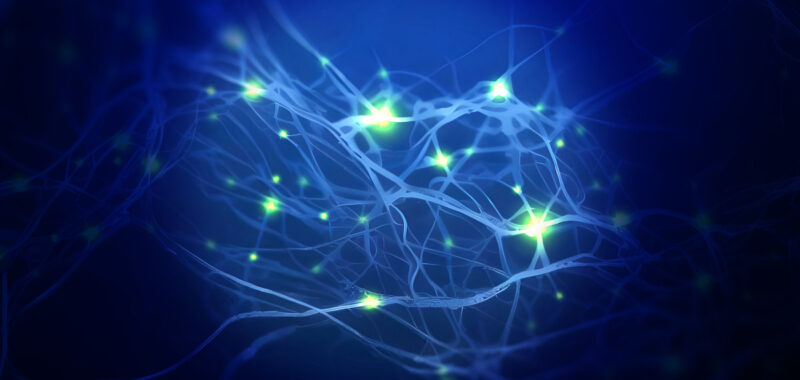Techniques drawn from physics
The win is already turning heads on social media because it seems unusual that research in a computer science field like machine learning might win a Nobel Prize for physics. “And the 2024 Nobel Prize in Physics does not go to physics…” tweeted German physicist Sabine Hossenfelder this morning.
From the Nobel committee’s point of view, the award largely derives from the fact that the two men drew from statistical models used in physics and partly from recognizing the advancements in physics research that came from using the men’s neural network techniques as research tools.
Nobel committee chair Ellen Moons, a physicist at Karlstad University, Sweden, said during the announcement, “Artificial neural networks have been used to advance research across physics topics as diverse as particle physics, material science and astrophysics.”
Hopfield, a 91-year-old theoretical biologist with a physics background, made a breakthrough in 1982 by developing a network that described connections between nodes as physical forces, as Nature describes in a report. His innovation, known as the Hopfield network, uses concepts from physics that describe how atomic spins behave in materials. In particular, it stores patterns as low-energy states, allowing the system to recreate images when prompted with similar patterns. This approach mimicked associative memory, resembling how the brain recalls words or concepts.

Credit:
©Johan Jarnestad/The Royal Swedish Academy of Sciences
Hinton, who is 76, built upon Hopfield’s research in the early 1980s by developing a layered version of the Hopfield network that incorporated probabilities. Hinton drew parallels to physics studies of large systems of similar elements like gas molecules. Instead of tracking individual molecules, physicists examine collective properties like pressure or temperature. The Boltzmann equation from 19th-century physics calculates the probability of different states in such systems. Hinton applied this concept to neural networks, naming his 1985 method the “Boltzmann machine,” which highlighted the connection between machine learning and statistical physics. A Boltzmann machine is capable of recognizing and classifying images and generating new examples based on its training data.

